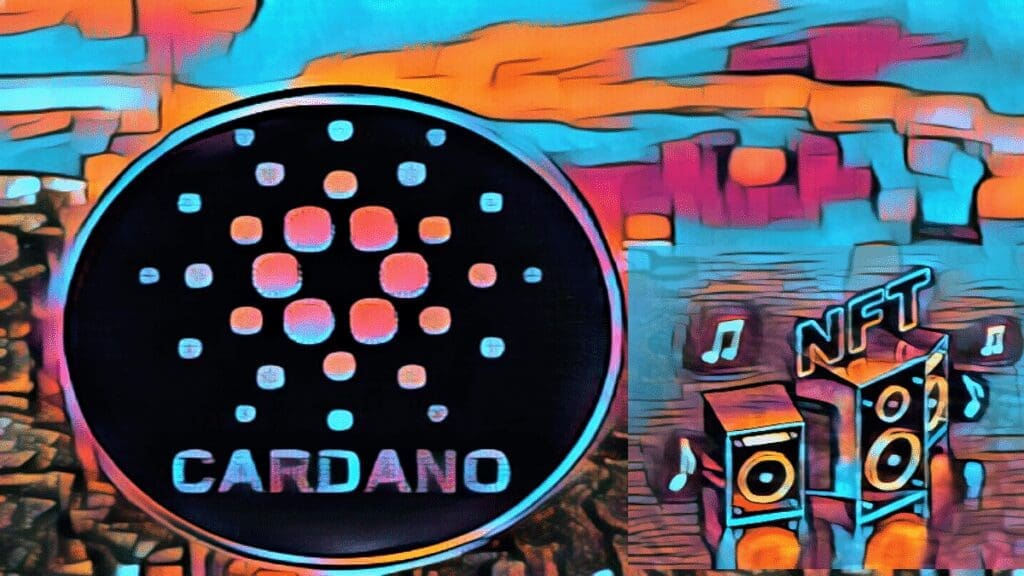Cardano NFTs are distinct digital assets which can be created with smart contracts and traded on NFT marketplaces. They are built on the Cardano blockchain.
A proof-of-stake (PoS) platform called Cardano was introduced in September 2017 by Charles Hoskinson, a co-founder of Ethereum. Cardano implemented support for smart contracts in September 2021, opening the door for the creation of decentralized finance (DeFi) and nonfungible token (NFT) applications.
In 2022, NFTs were added to the Cardano blockchain, where they could be purchased and sold using the native cryptocurrency of the platform, ADA.
Cardano’s implementation of smart contracts made it possible to launch NFT markets like CNFT.IO and Jpg.store. These exchanges support NFT projects on Cardano in a cost-effective and scalable manner, drawing a large number of enthusiasts looking for a user-friendly environment for producers and traders with affordable transaction fees.
How To Mint Cardano NFTs?
As minting on Cardano is similar to doing so on Ethereum or Solana, building collections and mining are no longer frightening obstacles for the non-techie NFT enthusiast. The platform provides abundant support with instructions to guide the creators through the process.
An original NFT can range from a single work of art to a collection of one-of-a-kind objects, like the renowned Bored Ape Yacht Club and the CryptoPunks collectables built on the Ethereum blockchain.
Also read: Highest-Ever Returns on Holding & Minting Bored Ape NFTs
The finished piece of art is finally minted into an NFT. Finding the ideal platform to mint the NFT and the ideal market to sell it on are the following steps.
Here is how to build NFTs on the Cardano blockchain:
- Create a wallet and protect your seed (recovery) phrase.
- Put some ADA into your wallet to pay for transaction and minting costs.
- Choose a platform that is user-friendly and compatible to mint Cardano NFTs, such as the NFT-maker.io platform.
- When you click the “Mint NFT” button, you will be prompted to add a picture.
- Choose the song or photo you want to upload.
- You can include metadata, such as the title and author, on the following page.
- For better and safer storage, you can use the InterPlanetary File System (IPFS).
- The payment address is then displayed on the next page, where you must drop some ADA.
- Now that you’ve placed ADA into your wallet, your NFT should be on its way there.
Cardano NFT Wallets
Participants can access the ADA ecosystem by sending, receiving, storing, and staking ADA and Cardano fungible and nonfungible tokens using the Cardano wallet. Cardano NFT wallets give users access to blockchain-based decentralized applications (DApps), such as NFT marketplaces, DeFi apps, and decentralized exchanges (DEXs). To reduce risk, it is best to look into a wallet’s security and reputation before selecting it.
For browsers like Brave, Google Chrome, and Microsoft Edge, the Nami wallet can be used as a browser extension wallet. Its user-friendly UI makes it a convenient wallet for managing all Cardano tokens, including Cardano NFTs, and for easily setting up multiple accounts.
The wallet is compatible with Trezor and Ledger hardware wallets and can connect to all Cardano DApps and NFT marketplaces. Users can delegate ADA to one developer’s stake pool, the Berry Pool, however, they can only stake ADA with the Nami wallet.
IOG (formerly IOHK) blockchain infrastructure research and engineering team developed the open-source desktop cryptocurrency wallet called Daedalus. It is considered an efficient and secure wallet that runs on PC, Mac, and Linux and has simple backup and recovery options.
All Cardano blockchain tokens, including native assets and Cardano NFTs, can be managed by users. Users of Daedalus are able to stake and allocate their ADA to many pools, unlike Nami wallet. It works with all of the popular hardware wallets, including Trezor and Ledger.
A native Cardano browser extension wallet is called Flint Wallet. Users can connect to Cardano DApps like Cardano DEXs and Cardano NFT markets using most Cardano NFT wallets. Also, it works with Trezor, Ledger, and the majority of common hardware wallets.

